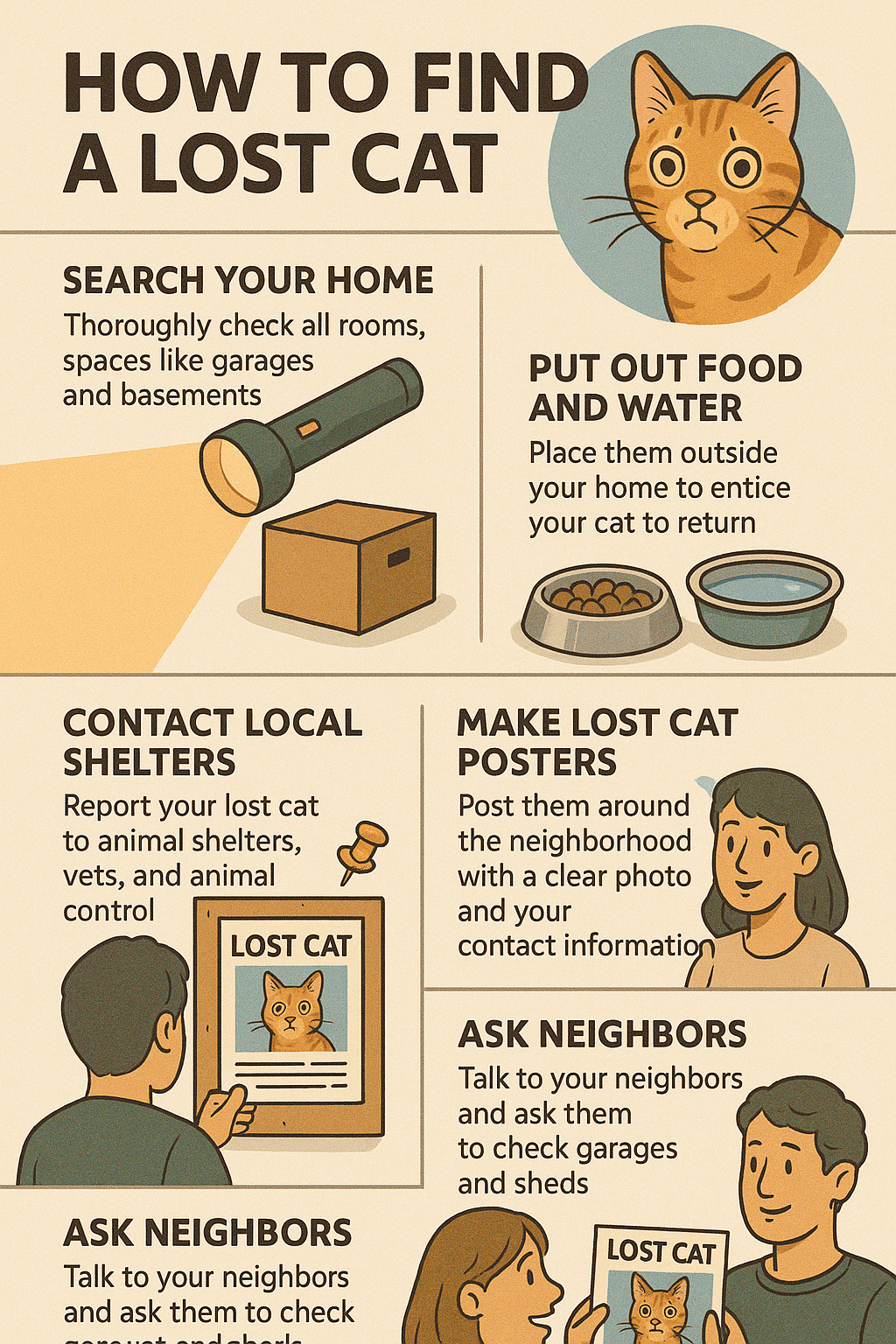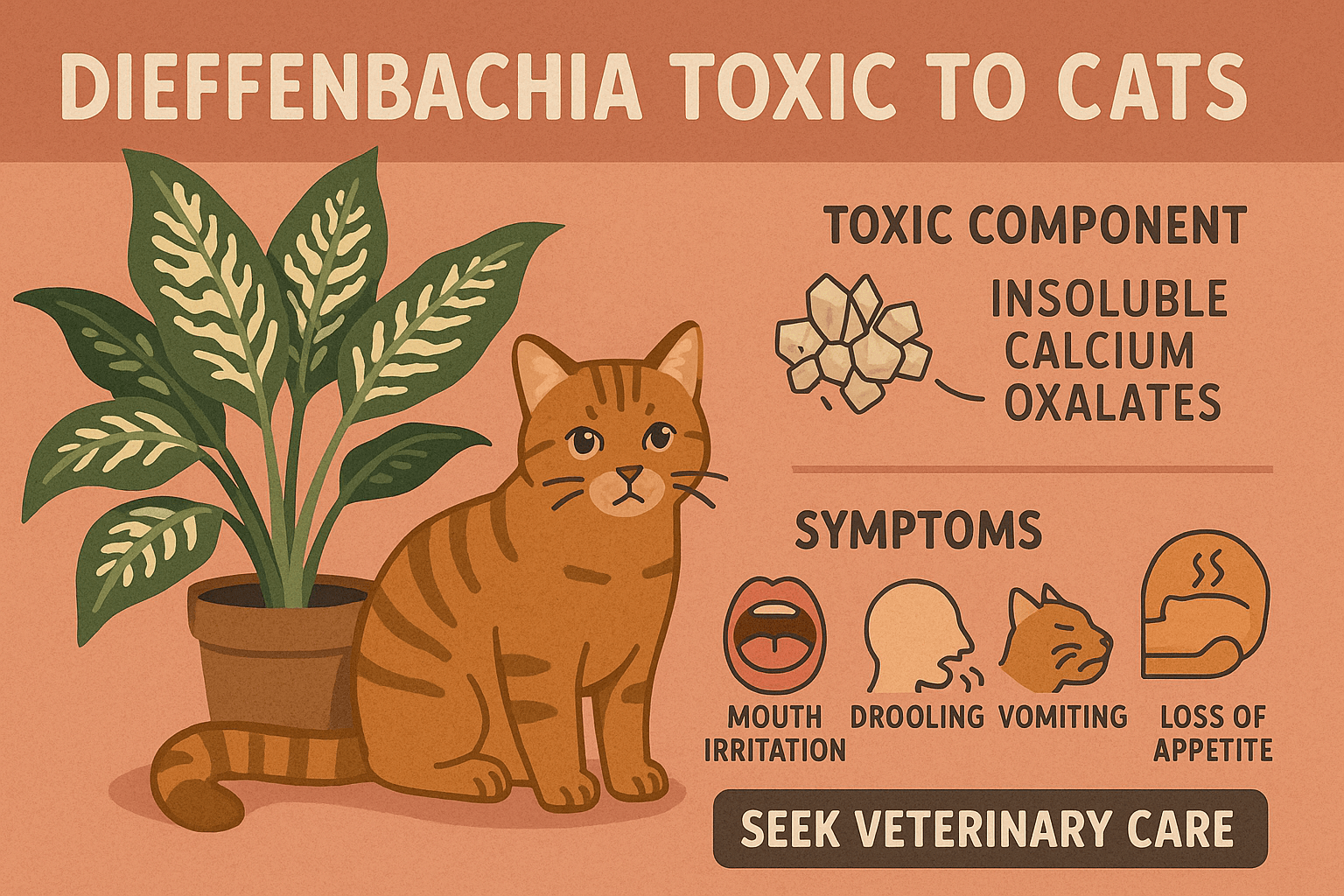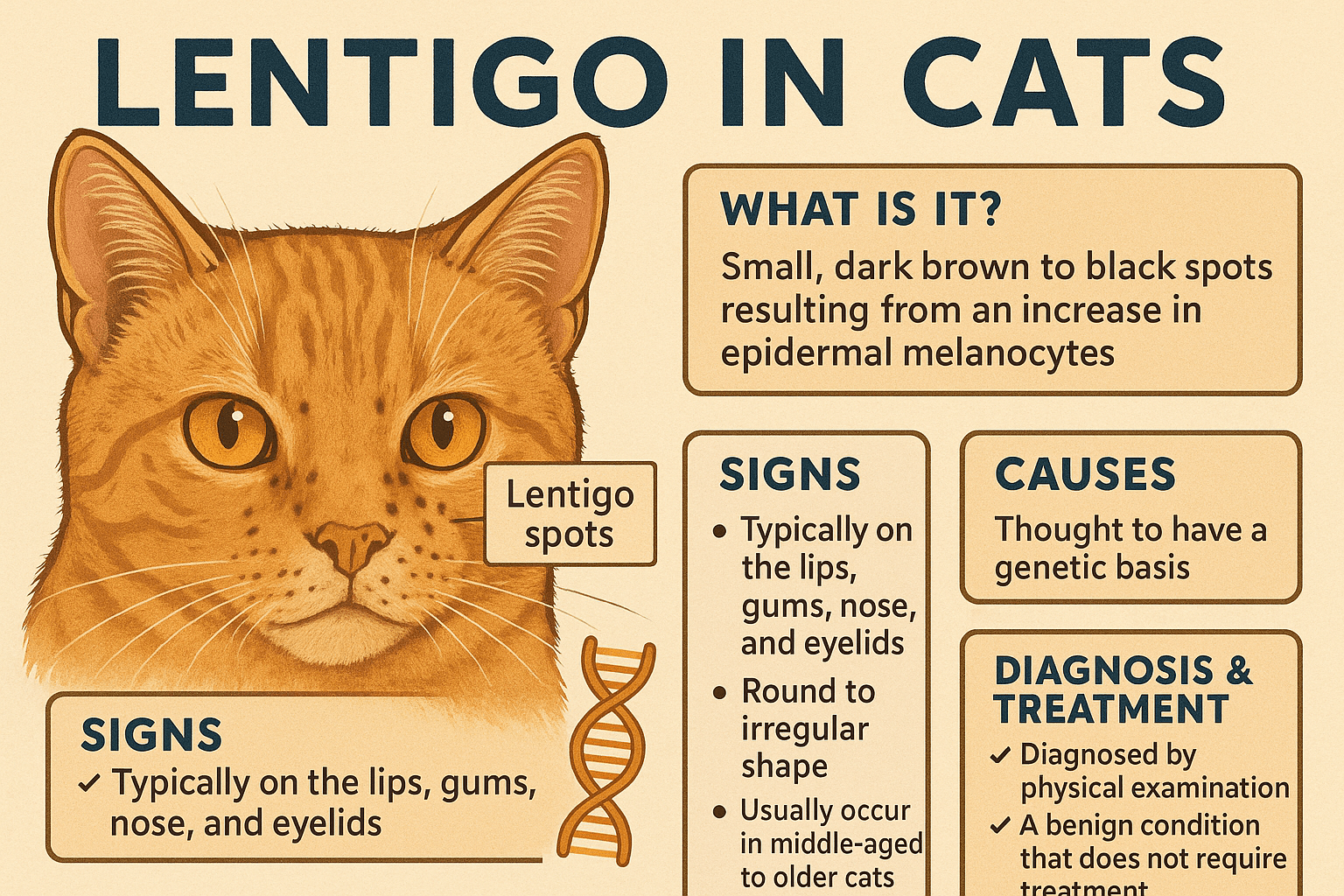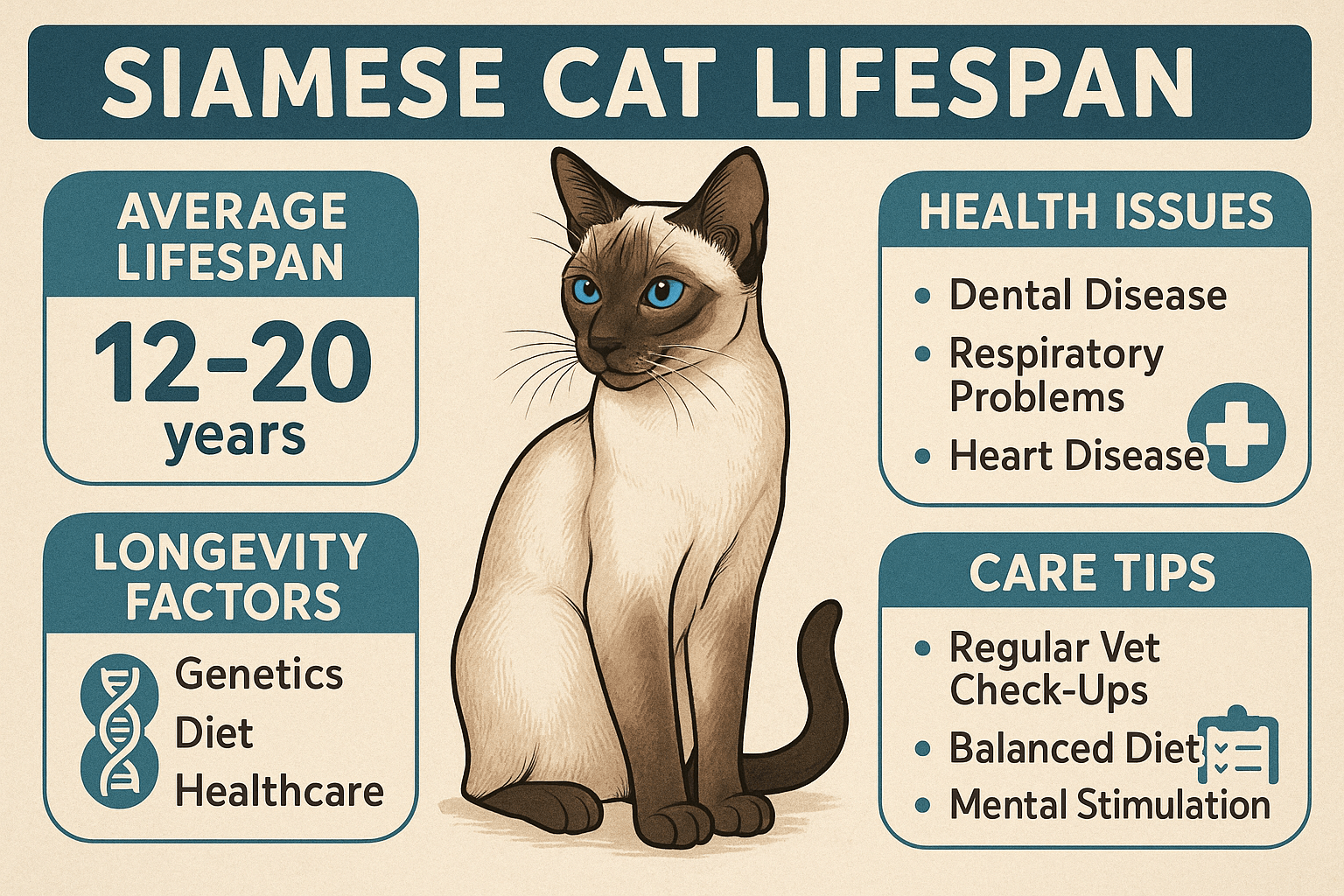How to Pick Up a Cat After Spaying: A Gentle and Safe Approach
Bringing your cat home after spaying surgery can be both exciting and nerve-wracking. While you’re eager to shower them with love and care, it’s essential to handle them gently to ensure a smooth recovery. Knowing how to pick up your cat after spaying is crucial, as improper handling can cause discomfort or even disrupt the healing process. This blog post will guide you through the steps to safely lift and care for your feline friend during this sensitive time. From understanding their needs to providing a calm environment, we’ll help you ensure your cat feels secure and comfortable as they recover.
Step-by-Step Guide to Safely Picking Up Your Cat After Spaying
Picking up your cat after surgery requires extra care to avoid putting pressure on the incision site or causing unnecessary stress. Follow these steps to ensure you’re supporting them properly:
Approach Calmly
Speak softly and move slowly to avoid startling your cat. Sudden movements can increase anxiety and make them less cooperative.Support Their Entire Body
Place one hand under their chest and the other under their hindquarters to evenly distribute their weight. Avoid lifting by the scruff or front legs.Avoid the Incision Area
Be mindful of the surgical site and ensure your hands don’t press against it. Focus on cradling them securely without applying pressure.Keep Them Close to Your Body
Hold your cat close to your chest to provide stability and reassurance. This also minimizes the risk of them wriggling or jumping.Limit Movement
Keep lifting to a minimum in the first few days after surgery. Only pick them up when absolutely necessary, such as for vet checks or emergencies.
By following these steps, you’ll ensure your cat feels safe and supported while avoiding any complications during their recovery.
Signs That Indicate Your Cat Needs Special Care When Being Picked Up
After spaying, your cat may exhibit behaviors or physical signs that indicate they need extra attention when being handled. Recognizing these signs will help you adjust your approach accordingly. Here are some key indicators:
Lethargy or Weakness
If your cat seems unusually tired or struggles to stand, handle them with extreme care to avoid overexertion.Vocalization or Whining
Crying or vocalizing when touched may signal pain or discomfort, suggesting you should minimize handling.Swollen or Red Incision Site
Visible swelling or redness around the incision area indicates potential irritation, requiring gentle handling and monitoring.Reluctance to Move
A cat that avoids movement or resists being picked up may be experiencing pain and needs a softer touch.Excessive Licking of the Surgical Area
Frequent licking of the incision site could mean irritation or an urge to clean, so handle them cautiously to prevent further issues.
Being attentive to these signs will help you provide the care your cat needs while ensuring their comfort and safety.
Check this guide 👉Can a Spayed Cat Go Into Heat? Best 7 Health Tips!
Check this guide 👉Understanding the Cost of Spaying Your Cat: Best 7 Tips!
Check this guide 👉Can You Spay a Pregnant Cat? Best 7 Health Tips!

Do’s When Picking Up Your Cat | Don’ts When Picking Up Your Cat |
|---|---|
Support their entire body | Lift by the scruff or front legs |
Speak softly and stay calm | Make sudden or jerky movements |
Keep them close to your chest | Apply pressure to the incision area |
Limit handling to essential tasks | Let them jump down from heights |
Monitor for signs of discomfort | Ignore vet instructions |
Tips for Creating a Comfortable Recovery Space for Your Cat
Providing a safe and cozy environment is just as important as knowing how to pick up your cat after spaying. A well-prepared recovery space can speed up healing and reduce stress. Here are some tips to create the perfect setup:
Choose a Quiet Room
Select a calm, low-traffic area where your cat can rest without disturbances from other pets or loud noises.Provide Soft Bedding
Use soft blankets or cushions to create a comfortable resting spot that supports their body and keeps them warm.Limit Access to High Surfaces
Remove or block access to shelves, furniture, or other elevated areas to prevent jumping and potential injury.Keep Essentials Nearby
Place food, water, and a litter box within easy reach to minimize the need for movement during recovery.Monitor Temperature
Ensure the room is at a comfortable temperature, as extreme heat or cold can affect their healing process.
By creating a nurturing recovery space, you’ll help your cat feel secure and relaxed as they heal.
Common Mistakes to Avoid When Handling Your Cat After Spaying
Even with the best intentions, it’s easy to make mistakes when caring for your cat after surgery. Avoiding these common errors will ensure a smoother recovery process. Here’s what to watch out for:
Rough Handling
Being too forceful or careless when lifting can cause pain or damage to the surgical site.Ignoring Vet Instructions
Failing to follow post-operative care guidelines can lead to complications or delayed healing.Allowing Too Much Activity
Encouraging play or exercise too soon can strain the incision and hinder recovery.Neglecting Signs of Discomfort
Overlooking behavioral changes or physical symptoms may result in untreated issues.Using Improper Lifting Techniques
Incorrectly supporting your cat’s body can lead to injury or increased stress.
By steering clear of these mistakes, you’ll give your cat the best chance at a speedy and complication-free recovery.
Signs Your Cat Is Healing Well After Spaying
After spaying, it’s important to monitor your cat for signs of proper healing. These indicators will help you assess whether they’re recovering as expected or if further attention is needed. Here’s what to look for:
Normal Appetite
Your cat resumes eating and drinking normally within a day or two after surgery, showing their energy levels are returning.Active but Calm Behavior
They display calm curiosity and may engage in light activity, signaling they’re feeling better without overexerting themselves.Clean Incision Site
The surgical area remains clean, dry, and free of redness, swelling, or discharge, indicating proper healing.No Excessive Licking
While some grooming is normal, excessive licking of the incision site is minimal, suggesting no irritation or discomfort.Improved Mobility
Your cat begins moving more freely, though they still avoid strenuous activities like jumping or running.
By observing these positive signs, you can feel reassured that your cat is on the path to a full recovery.
How to Comfort Your Cat During Recovery
Recovery from spaying can be challenging for your cat, but there are several ways to provide comfort and support during this time. These tips will help ease their discomfort and promote relaxation:
Offer Gentle Affection
Pet them softly on areas away from the incision site, such as their head or back, to show love without causing pain.Use Calming Scents
Introduce soothing scents like lavender (cat-safe) or familiar bedding to create a calming atmosphere.Provide Entertainment
Place safe toys or interactive items nearby to keep them mentally stimulated while they rest.Maintain Routine
Stick to their usual feeding and play schedule to provide a sense of normalcy and security.Speak Reassuringly
Talk to them in a soft, comforting tone to help reduce anxiety and build trust.
These small gestures can make a big difference in helping your cat feel safe and supported during their recovery.
Long-Term Care Tips After Spaying
While immediate post-operative care is crucial, long-term attention ensures your cat stays healthy and happy after spaying. These tips will guide you in providing ongoing care:
Schedule Follow-Up Vet Visits
Regular check-ups with your vet ensure the incision heals properly and address any lingering concerns.Monitor Weight Changes
Keep an eye on their weight, as spaying can sometimes lead to changes in metabolism and appetite.Encourage Exercise Gradually
Introduce light play and movement over time to help them regain strength without straining their body.Update Their Diet if Needed
Consult your vet about adjusting their diet to meet their nutritional needs after the procedure.Watch for Behavioral Changes
Pay attention to any shifts in mood or habits, as these could indicate underlying issues requiring attention.
By focusing on these long-term care strategies, you’ll ensure your cat remains healthy and thrives in the years to come.
Frequently Asked Questions About Picking Up a Cat After Spaying
How soon can I pick up my cat after spaying?
Wait until your cat is fully awake from anesthesia and consult your vet for specific guidance.
Can I let my cat jump on furniture after surgery?
It’s best to restrict jumping for at least 7-10 days to avoid straining the incision.
What if my cat tries to escape when I pick them up?
Use slow, gentle movements and offer verbal reassurance to calm them down.
How do I know if my cat is in pain?
Look for signs like excessive vocalization, lethargy, or reluctance to move, and contact your vet if concerned.
Should I use a cone to prevent licking the incision?
Yes, a cone or alternative protective gear may be recommended by your vet to prevent irritation or infection.
Final Thoughts: Prioritizing Your Cat’s Comfort and Recovery
Knowing how to pick up a cat after spaying is an essential part of post-operative care that ensures their safety and well-being. By approaching them with patience, gentleness, and awareness of their needs, you can help them recover comfortably and confidently. Remember to monitor their behavior, follow your vet’s advice, and create a peaceful recovery environment. With your love and care, your feline friend will soon be back to their playful, healthy self. Take this opportunity to strengthen your bond and show them just how much they mean to you. After all, their happiness starts with your thoughtful actions.
How to Find a Lost Cat: Best 7 Expert Tips! Discover actionable strategies to locate your missing cat, understand their behavior, and prevent future escapes with expert advice.
Is Dieffenbachia Toxic to Cats? Best 7 Expert Tips! Discover the dangers of Dieffenbachia, symptoms of poisoning, and how to keep your cat safe with expert advice and preventive measures.
Lentigo in Cats: Best 7 Expert Tips! Discover expert advice on understanding, identifying, and managing lentigo in cats to ensure your feline's health and happiness.
Siamese Cat Lifespan: Best 7 Expert Tips! Discover how to maximize your Siamese cat’s longevity with expert advice on health, care, and lifestyle for a happy, thriving feline companion.





